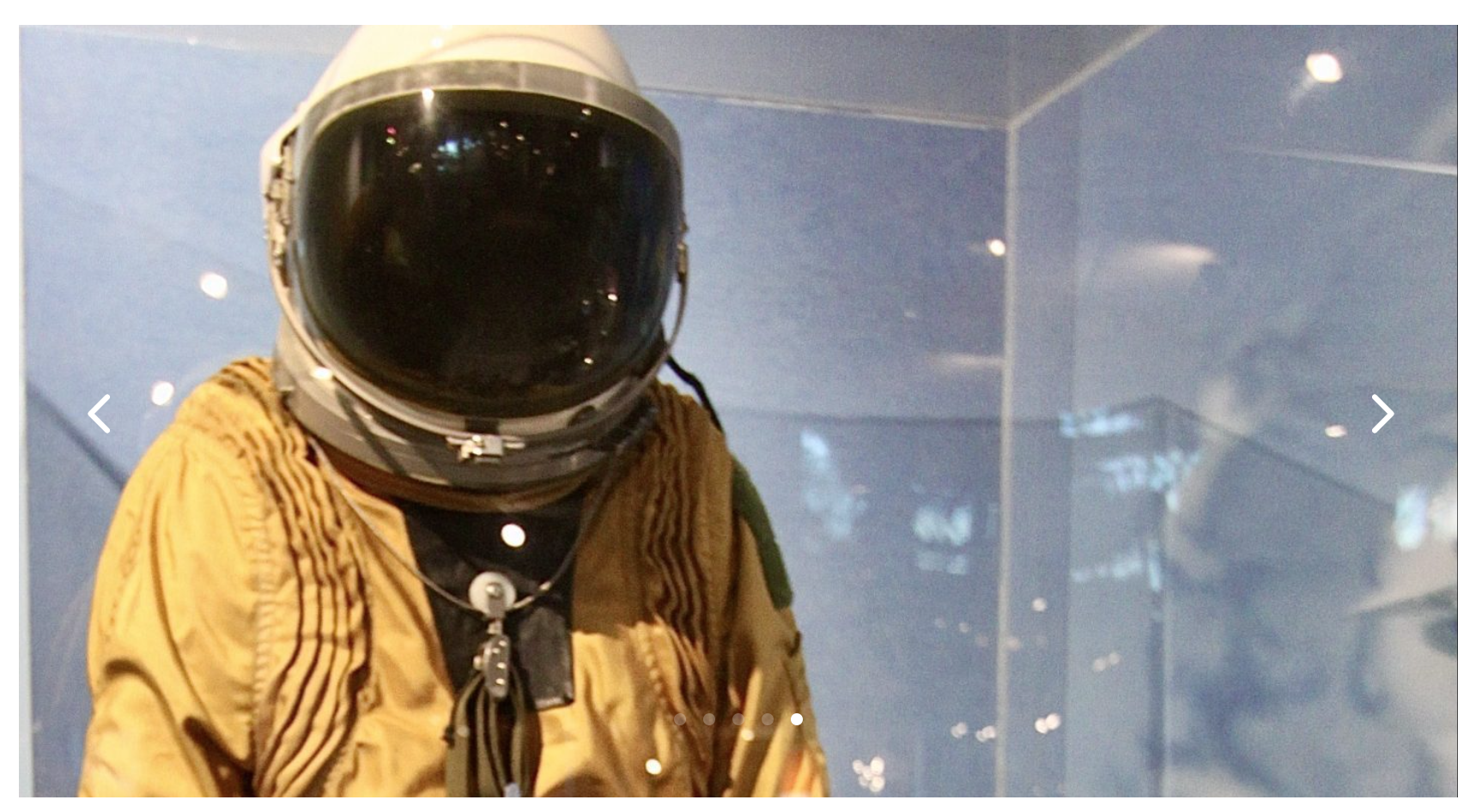

The Adventures in Flight gallery takes you on a journey through 100 years of aviation history from the origins of flight to the future of flight, and heralding Hampton Roads’ role in commercial, civil and military aviation. From the origins of flight and the Wright brothers to NASA Langley Research Center and their role in the future of flight, this gallery takes a hands-on, minds-on approach to all things aviation!
The Wright Stuff
Did You Know?
Fascinated by the idea of flight from an early age, the Wright brothers dreamed of flying. Their father, Bishop Milton Wright, was a strong proponent of education and preferred that his children play with toys that would also teach them something. In 1878, their father presented Wilbur and Orville with a Toy Flyer that he had purchased on a business trip for 50 cents. The boys were intrigued by the plaything, a creation by a French aeronautical experimenter which in its earliest form dated back to the 14th century. The toy had inspired and entertained generations of children before Orville and Wilbur and it undoubtedly made a great impression on the brothers.
You can explore Orville and Wilbur’s pursuit of man’s dream to flying in the Adventures in Flight gallery. Learn how the little bicycle shop in Ohio led to man taking to the skies.
Air Power Over Hampton Roads
Did you know?
Military Aviation’s humble beginnings are deeply rooted in Hampton. In 1916, the National Advisory Committee for Aeronautics (NASA’s predecessor) determined that an airfield and proving ground was needed for Army, Navy, and NACA aircraft. A plot of land along Back River in Hampton was chosen and Langley Field, named for aeronautical researcher Samuel Pierpont Langley, became the nation’s first experimentation site for aviation.
Brigadier General Billy Mitchell was an advocate of an air service separate from the Army and Navy. He returned from World War I intent on proving the superiority of an airplane, not just as support for ground troops but as a powerful and independent military weapon. In the early 1920s, Mitchell used Langley Field and Hampton Roads Harbor as the base for his bombing trials against warships. Using captured German battleships as targets, Mitchell’s pilots sank each one, successfully proving the value of aircraft as a strategic military weapon.
From early military aviation to the next fighter jet, Adventures in Flight takes you through the evolution of military aviation.
Getting Off The Ground
Did you know?
The first scheduled airline started in 1914, flying one passenger back and forth from St. Petersburg to Tampa, Florida for five dollars one way. Despite this modest beginning, commercial air service expanded as entrepreneurs struggled with balky equipment, unpredictable weather, and lack of airports. Eventually, business began to pay, thanks to improved technology and government support in programs such as the US Air Mail. By mid-century, commercial aviation was a lucrative growth industry, and the sky was the limit. In 1929, regular passenger service to Richmond was initiated from a private airfield on Granby Street in Norfolk, Virginia. This airfield, one of the first to have passenger service in the United States, was established at the Grand Central Air Terminal.
Step aboard a full-size passenger jet to experience the world of commercial flight, become an air traffic controller and discover how NASA Langley Research Center is making air travel quieter and safer though noise abatement and glass cockpit technology.
Back To Basics
You can experiment with the science of aviation with a number of interactives that demonstrate the principles of flight. Apply what you’ve learned and become an engineer as you design and test your own paper airplane!
